In the Frame: Why Analog Film Effects Still Matter—Even in a Digital World
On memory, mood, and the unexpected power of DxO FilmPack 7

I help photographers and creative entrepreneurs over 40 reclaim their confidence, cut through the noise, and build bold, independent lives through no-BS insight, experience, and action. Welcome to my Substack. I am glad you are here.
There’s something a little magical, and nearly spiritual, that happens when you apply an analog film effect to a digital photo: it suddenly feels human.
Not only in texture or tone, but in time.
Like you’ve pulled the image out of a box in the attic rather than dragged it from a memory card. That feeling, that shift from digital clarity to emotional resonance, is exactly why I’ve been spending more time with film emulators lately, especially DxO’s FilmPack 7.
(Starting tomorrow, June 30, you can get a 25% discount on all DxO products. Use the coupon code: JULY2025.)
I don’t say this lightly, but this thing is a beast.
Full disclosure, I also use RNI film emulators, but in a different context.
Not Random Filters, FilmPack 7 Thinks Like a Photographer
DxO FilmPack 7 doesn’t slap a fake film look to your shot and call it good. It rebuilds the characteristics of actual film stock using scientific analysis—grain structure, contrast curve, saturation, and decay.
It’s not silly Instagram nostalgia.
It’s Kodak Tri-X, Fuji Velvia, Ilford HP5, Portra 160... all built from the science of real chemistry.
This scientific approach to the emulation process is what sets DxO apart from other emulation tools.
It even comes with a Time Machine mode, which lets you scroll through photography’s visual history, complete with stories and iconic images from each era. It’s seriously like having a photographic history museum running on your side panel.
Think of it as a cross between a darkroom and a gallery.
You want 1970s fashion editorial color? Easy.
Moody, blown-out street scenes from the '50s? Bam!.
Punchy, Kodachrome-saturated Americana? You've got it.
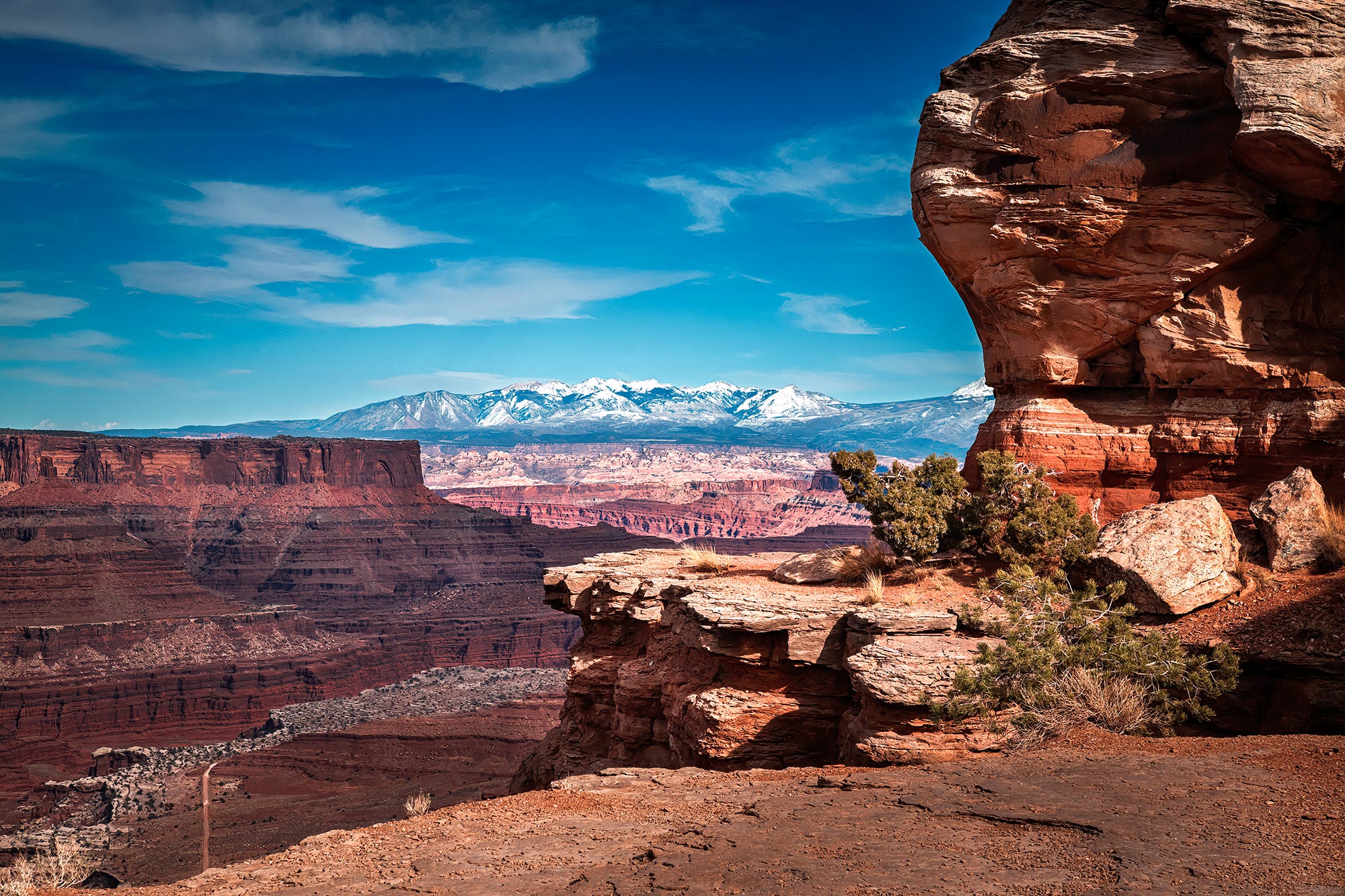
Digital clarity is fine, but sometimes, it’s the imperfections that make an image feel human.
Consistency Without Sterility
What makes FP7 stand out for me is the way it gives you a consistent palette without dimming your, or the film’s, personality.
One of the constant struggles in digital photography—especially when building cohesive galleries or bodies of work—is maintaining a signature color style across images taken under wildly different conditions.
Natural light, strobe, overcast days, golden hour—it’s a mess. Add in a shoot where you are using multiple cameras, and lens systems.
I am constantly shooting with Nikons, Canons, Lumix, and occasionally a bunch of retro point and shoot cameras. I can keep the color grading across all images with very little modification, and that is important to me.
And when it comes to those retro cameras, I use them for the same reason I use analog emulsions… the feeling they give to the image. The extra bit of engagement that is created by the visual presentation of the image.
Having all those files - DSLR, mirrorless Lumix, and retro Jpegs can be a color nightmare.
But these analog palettes bring cohesion to chaos.
I’ve been using FilmPack 7 to color grade a new series, and suddenly, everything is hanging together. There’s a sense of sole visual authorship that doesn’t feel fake.
It’s like the work finally has a singular voice.
One that quietly whispers instead of shouts.
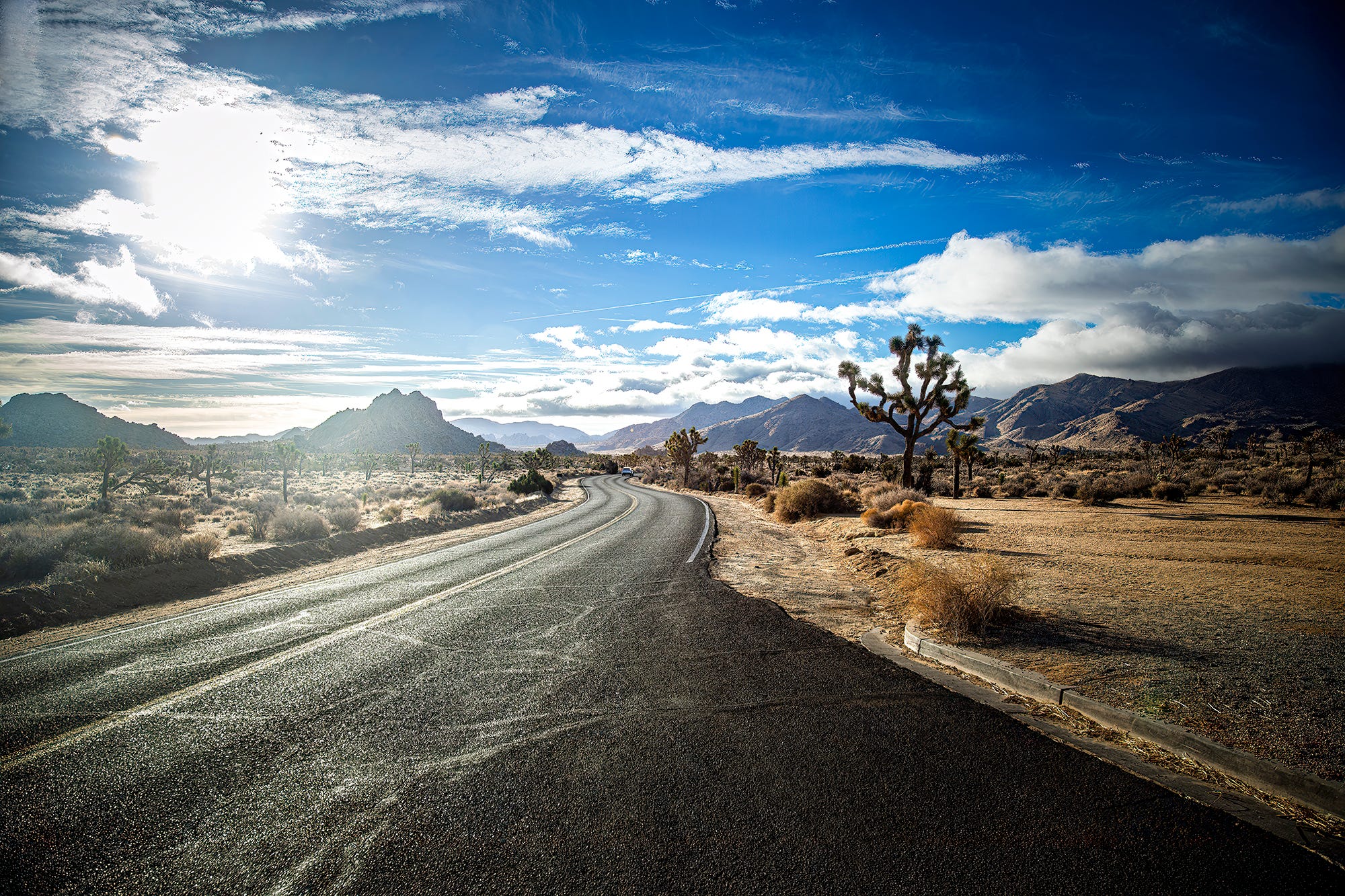
Memory Is a Visual Medium
Why do these analog palettes feel so powerful?
Because they trigger memory.
Shared memory.
Cultural memory.
There’s something about the softness of certain grain textures, the pastel roll-off in vintage color films, the slight bloom of overexposure that feels... remembered.
Not seen, remembered.
These aren’t simply aesthetic choices.
They’re emotional cues.
Photography, at its best, isn’t only about documentation. It’s about evocation.
It asks the viewer to fill in the gaps.
And analog effects provide those gaps.
The imperfections.
The tonal quirks and the suggestion of time passed.
A film-like image asks more of the viewer.
The images below are color graded with the film emulsions I like the most.
Under the Hood: A Few Highlights
For those of you who want a peek under the hood, here’s what I’ve found especially useful:
Preset Power: There’s a deep library of presets divided by film type—color negative, slide, black & white, even cinematic looks. And they’re not cookie-cutter or overly harsh.; In fact, they feel quite tuned.
Customization: Want to tweak grain size, contrast, or add a gentle vignette? Go for it. There’s a luminance masking panel that lets you target specific tonal ranges with real precision.
Non-Destructive Workflow: If you use DxO PhotoLab 7, FilmPack 7 integrates seamlessly. All adjustments stay non-destructive, and the file stays RAW. No compromises on image quality.
Save Your Looks: Once you dial in a specific vibe, save it. Custom presets are gold for anyone building a series or needing to match shots across different shoots.
(DxO Filmpack 7 is on sale this week (June 30 through Sunday, July 6, 2025) at 25% off. Use the code July25)
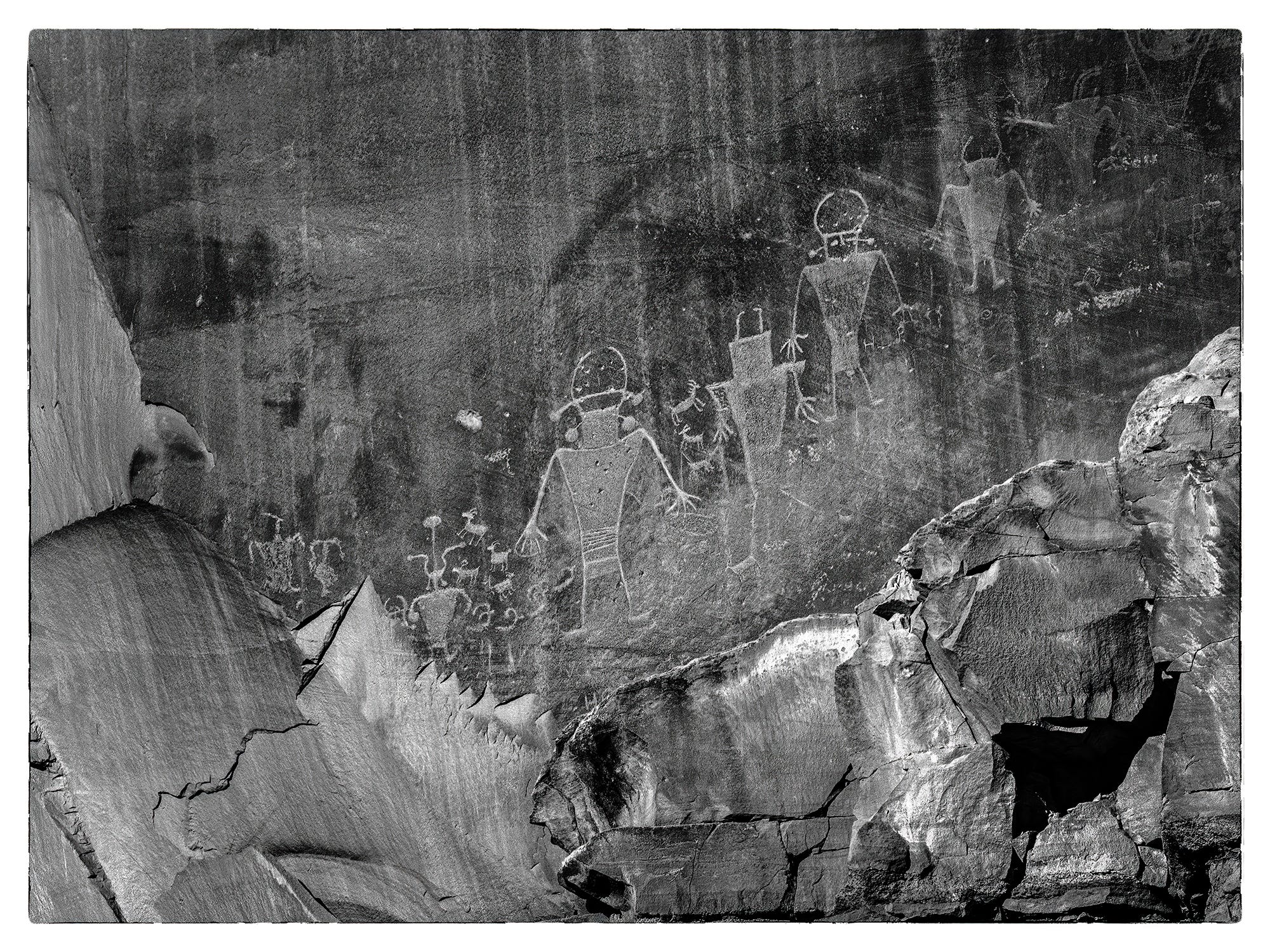
Yes… You In The Back… You have a Question?
“Why Not Just Shoot Film?”
Look, I love film. I still shoot it. But the costs, the turnaround time, and the unpredictability make it impractical for many projects. What FilmPack 7 offers isn’t a replacement—it’s a reference. A memory. A mood board with grit.
You still need a good image to begin with. No amount of grain or fade will save a lazy shot. But when your image is strong, FilmPack 7 can help it say something it couldn’t say alone.
And that’s the point of an analog emulation.
More Than Looks
I don’t think of it as chasing retro trends.
To me, it’s about control.
Voice.
Intentionality.
DxO’s FilmPack 7 reminds us that photography is about more than just what’s in front of the lens.
It’s also about what’s behind it and what we carry with us when we look at the world.
If I can use a digital tool to speak in a language that feels analog, emotional, and timeless, then I’m not just making a picture.
I’m making something that will linger on in the memory of the viewer.
And honestly, I’m all in on that.
What about you?
Have you played with analog film effects in your digital work?
Do you find it adds depth or distracts from the image?
I’d love to hear your take, especially if you’ve found a favorite film emulation.
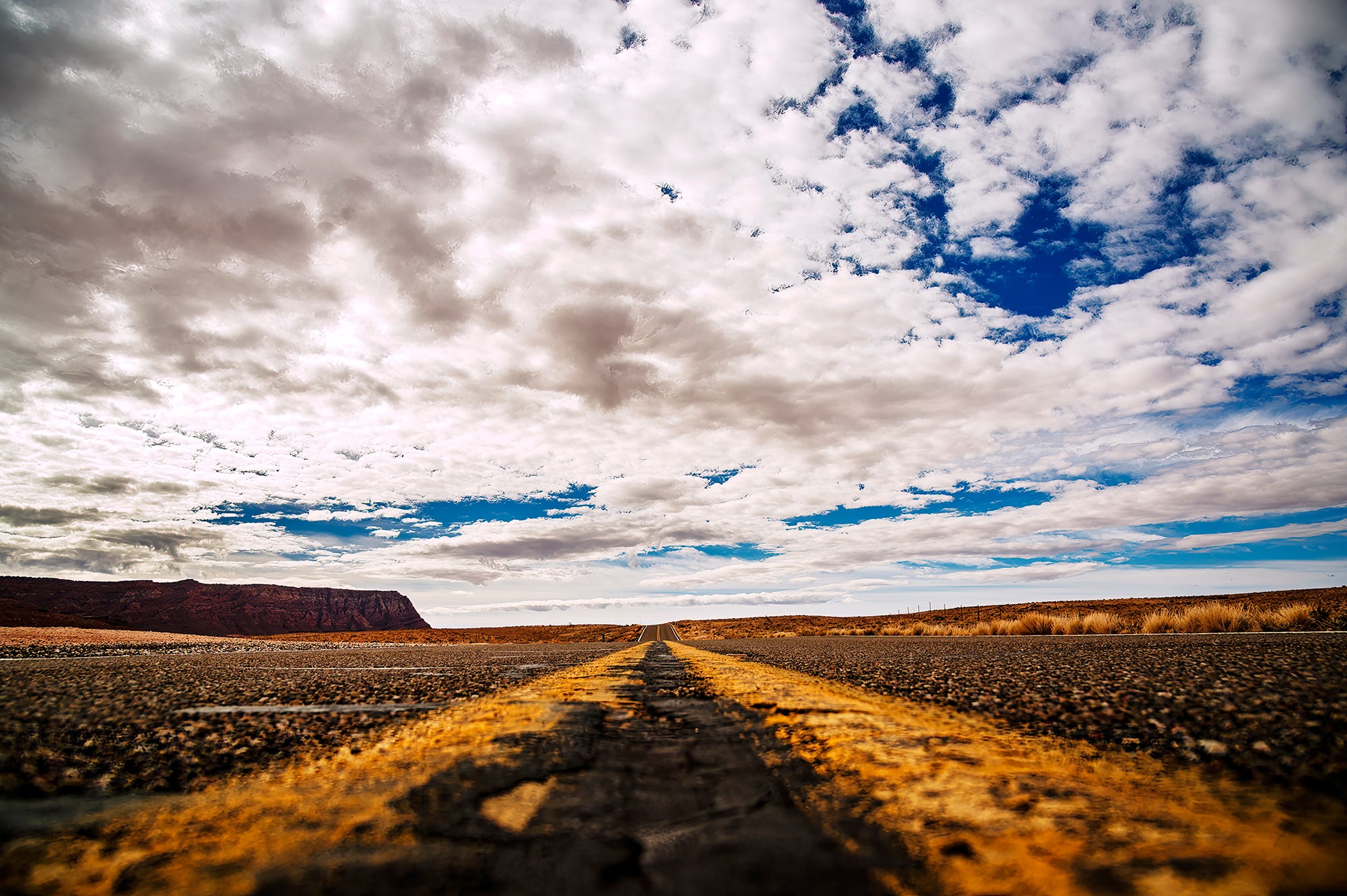
Delores Custer’s Seminal Book on Food Styling is Going Fast.
I am not certain this will be reprinted again. This is THE book for food styling. If it is not in this book, it may not exist. Custer’s book is easy to get around in and find what you are looking for. This is not an inexpensive book, but it is one you absolutely must have if you are a food photographer. The gold standard of food photography styling.
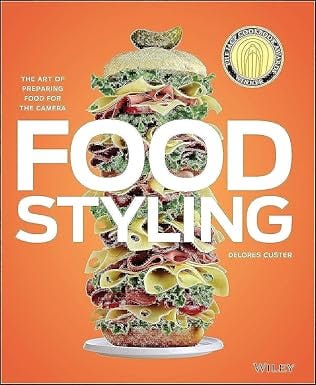
Available on Amazon. (Affil) Think of it as gear!
Tired of the One-Off Hustle? Here’s a Better Way to Build Your Photography Business
Let’s be honest: chasing one-off gigs is exhausting. Feast-or-famine is not a business model—it’s a burnout plan. That’s where The Retainer Playbook for Photographers comes in. This isn’t just another pricing strategy. It’s a shift in how you think about your role: from occasional vendor to essential creative partner.
Retainers offer what most photographers crave but rarely get—predictable income, stronger client relationships, and a rhythm that doesn’t feel like you’re starting from scratch every Monday. And for clients? You’re solving a real, ongoing problem: the endless need for fresh, consistent content without the headache of finding someone new every time.
This PDF gives you the full playbook—what works, what to watch out for, and how to package it all in a way that’s smart, scalable, and sustainable. If you’ve ever wondered how to move from scrambling to booked-solid, this is the blueprint.
To be sure, this is not easy, nor guaranteed. Some clients, like ad agencies and PR firms, may not bite. But restaurants, boutiques, and even design agencies may find this a perfect way for them to manage their expenses and have a photographer at the ready for all that comes.
If you’re over 40 and still hungry to make, build, and create, stick around. This space is for people who aren’t done yet (and never will be). I’ve got five decades of wins, failures, comebacks, and creative battles under my belt, and I’m sharing everything that still works—and burning the rest.
No fluff.
No hustle porn.
Just real tools for building a creative life on your own damn terms.





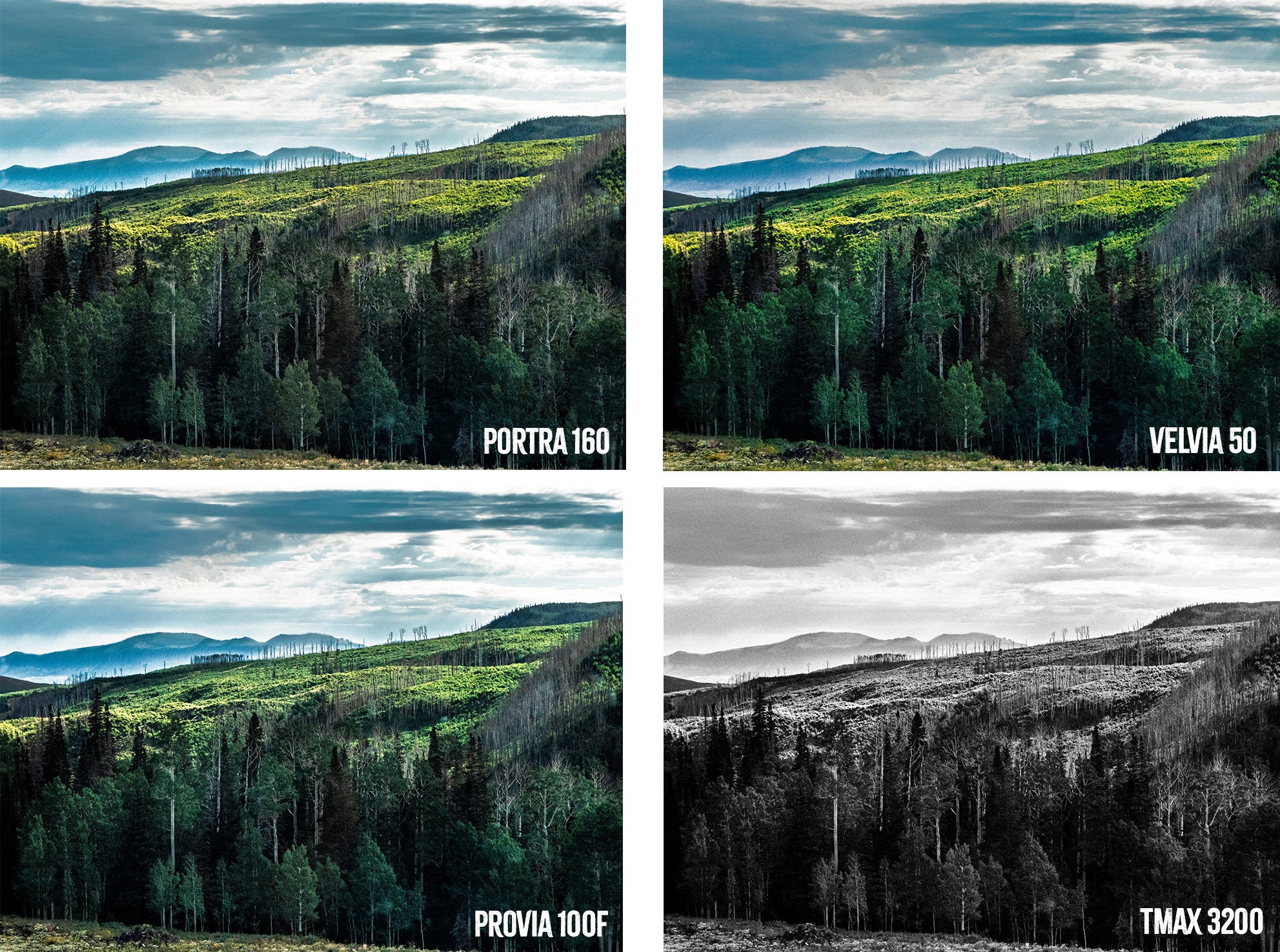



I'm glad I found you. Thanks for sharing your knowledge with us. Photoshop and DxO are still my long-time working tools for completing my photography vision.
Took a look and loved it. Used the code and am now playing withe the DxO filmpack. Love the creased paper look